Value-led onboarding
Outcome-driven setup and a dashboard that rewards progress.
I built a versioned design system that keeps shipping fast while holding a unified, measurable brand.
Outcome-driven setup and a dashboard that rewards progress.
Smart templates, live previews, and shareable snippets.
Actions and triggers that scale across platforms.
Tokens, icons, and components that ship faster.
QA time
Revenue lift
Churn drop

I rebuilt Branch’s funnel so you land on the finished experience first—deep link templates, outcome dashboards, and journeys feel coherent before a sales call.
Branch was already trusted by major apps-but self-serve adoption lagged. Teams relied on demos and integrations that took days. We wanted to make Branch feel as simple to start as copying a link, yet still enterprise-grade under the hood.
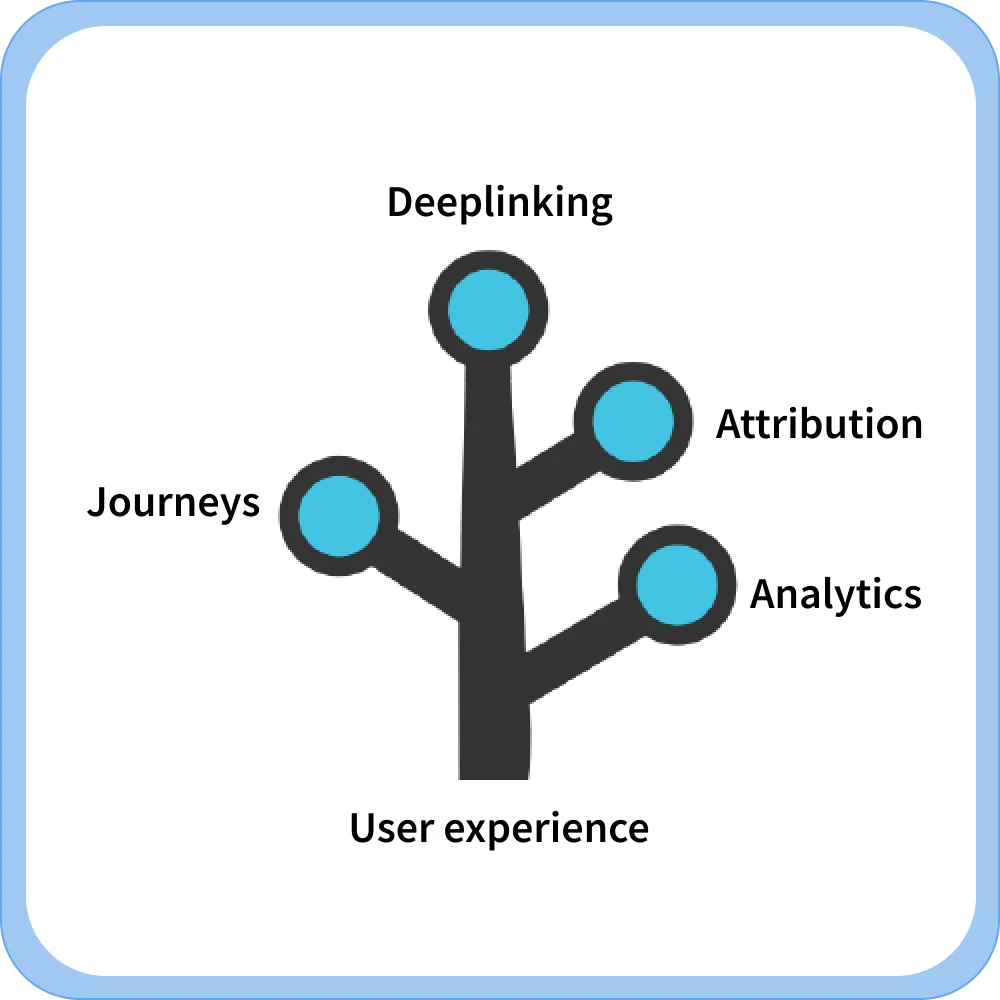
Core problem: "Developers loved Branch. Marketers felt lost."
I joined to bridge that gap-making complex infra understandable, usable, and monetizable for non-technical users.
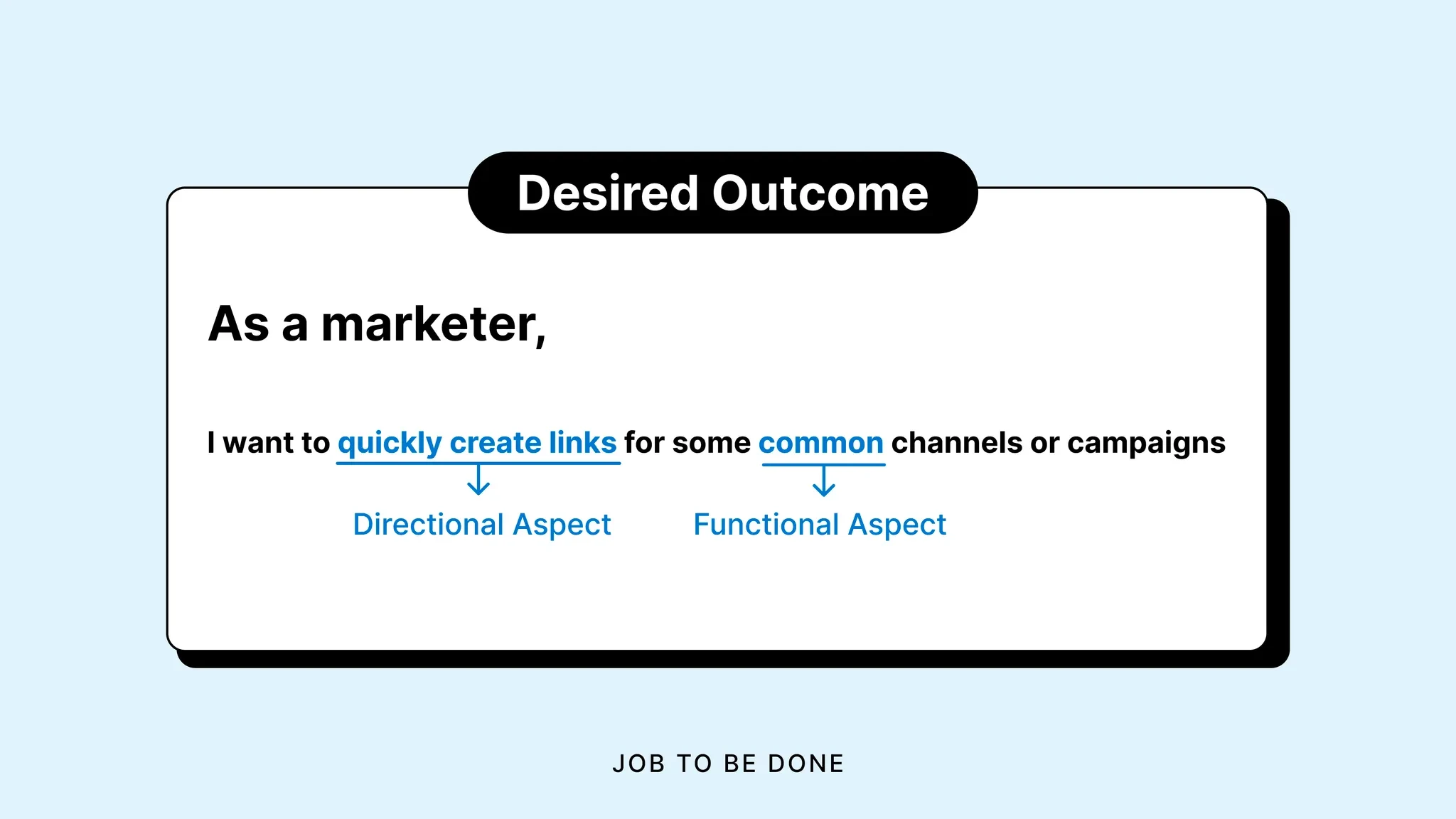
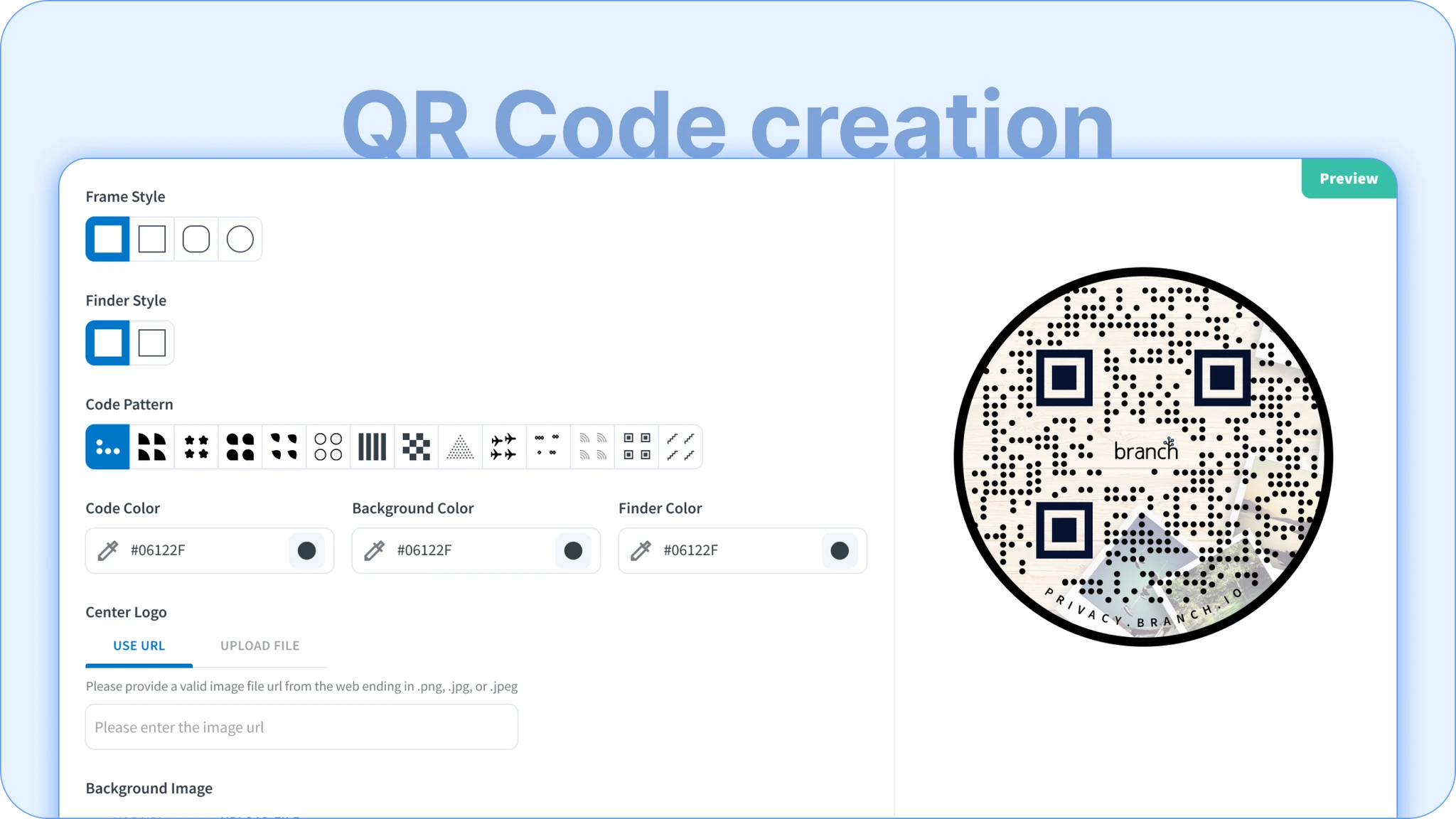
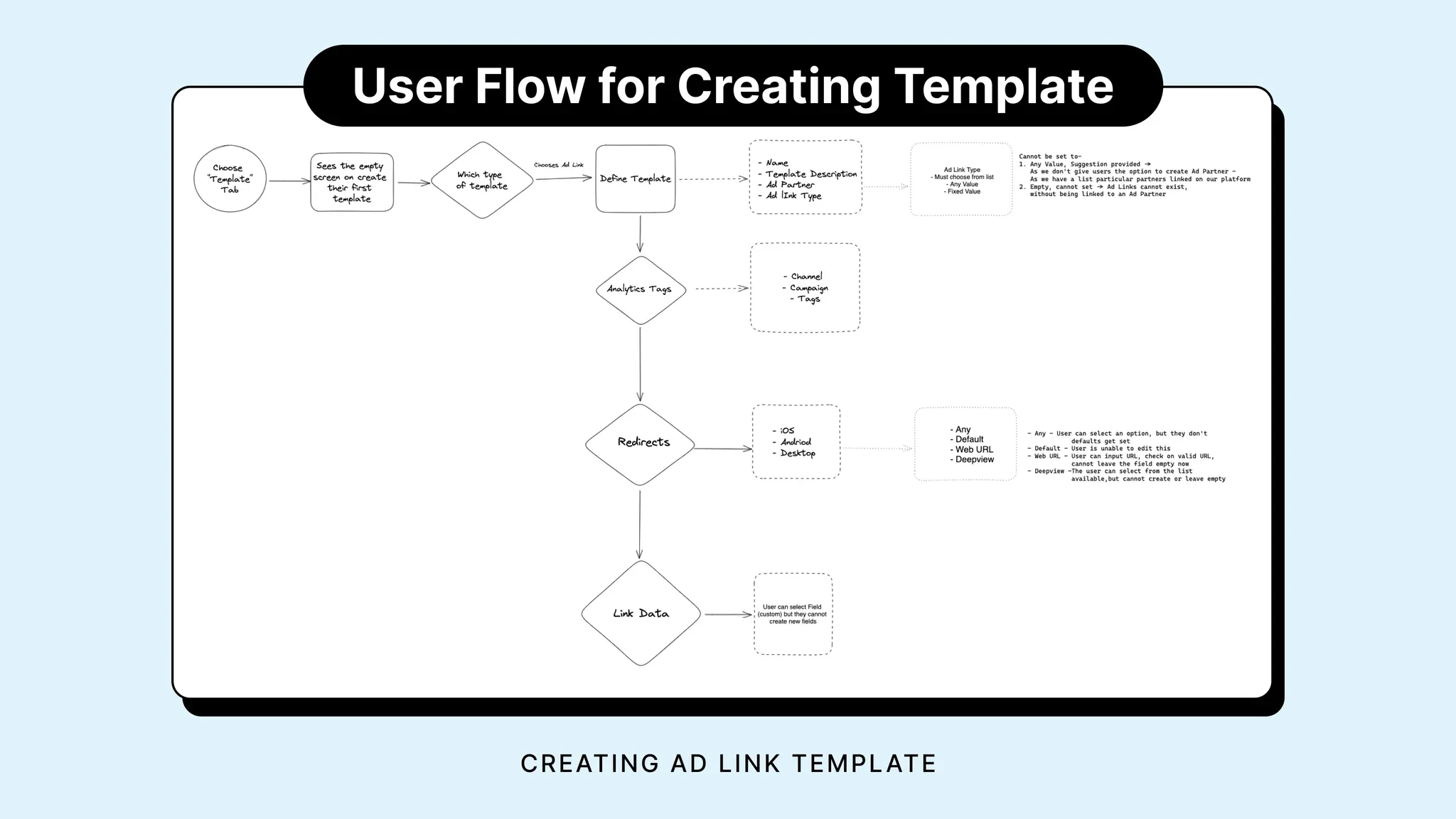
Introduced non-collapsible billing nudges and time-based reminders on the dashboard so free-tier customers add payment details before usage spikes. This keeps value in sync with revenue and sustains continued investment in self-serve.
Tuned paywalls and contextual prompts around advanced deep links, plus surfaced pricing and upgrade paths wherever adoption data signalled success. The result: more product-qualified leads without sales intervention.
Created a paywall lockout flow with clear screenshots of paused features, alongside MAU/MEU usage graphs and overage alerts. Users see when they are near limits, understand why access pauses, and can upgrade or pay instantly.
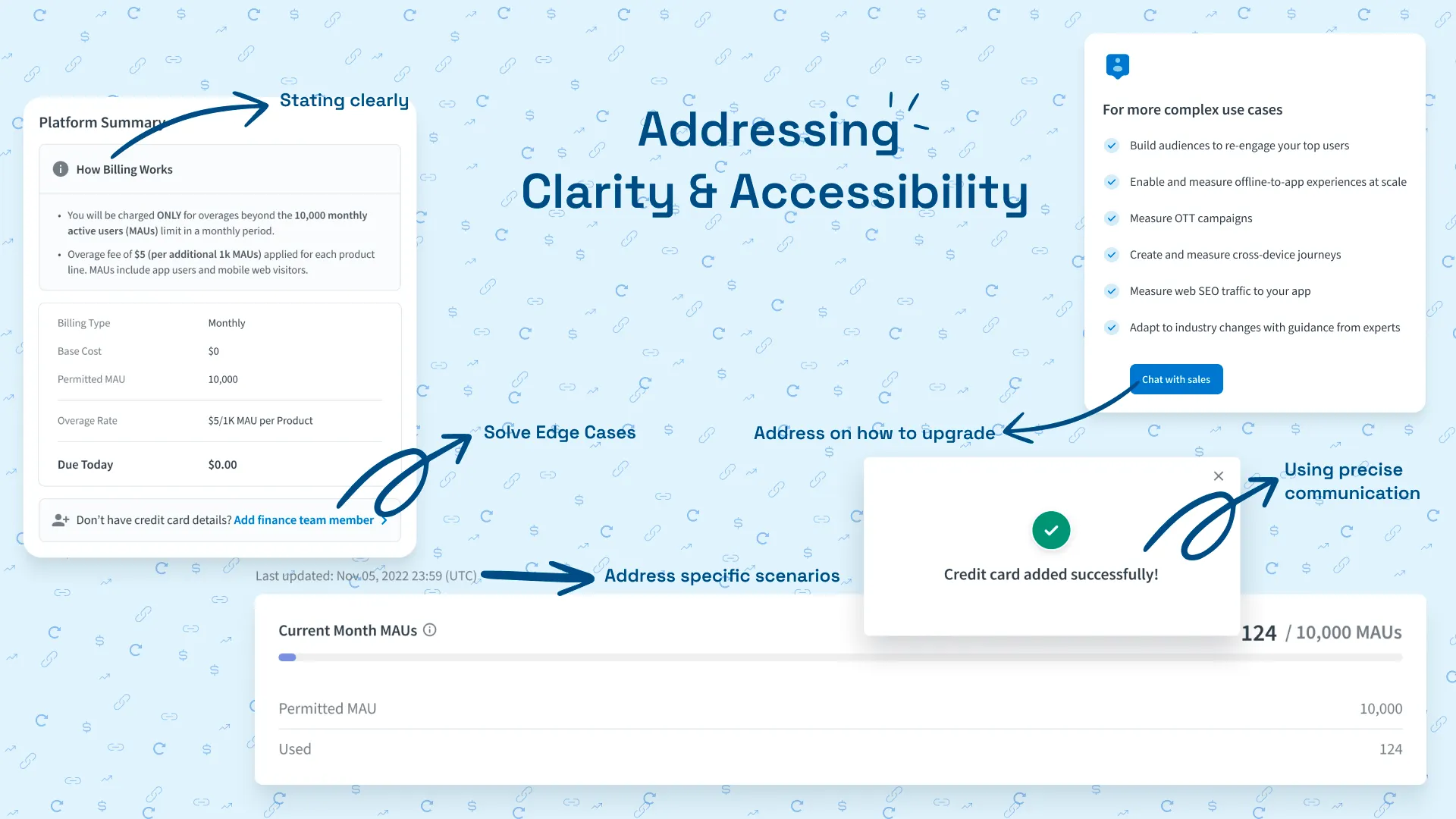
| Focus | What changed | Outcome (approx.) |
|---|---|---|
| Onboarding | Replaced SDK wall with value-led intro | Noticeably higher setup completion |
| Attribution | Unified reporting widgets | Reduced confusion, fewer support pings |
| Deep linking | Live preview + shareable templates | Faster campaign launch |
| Journeys | Templates surfaced earlier | More automations created per user |

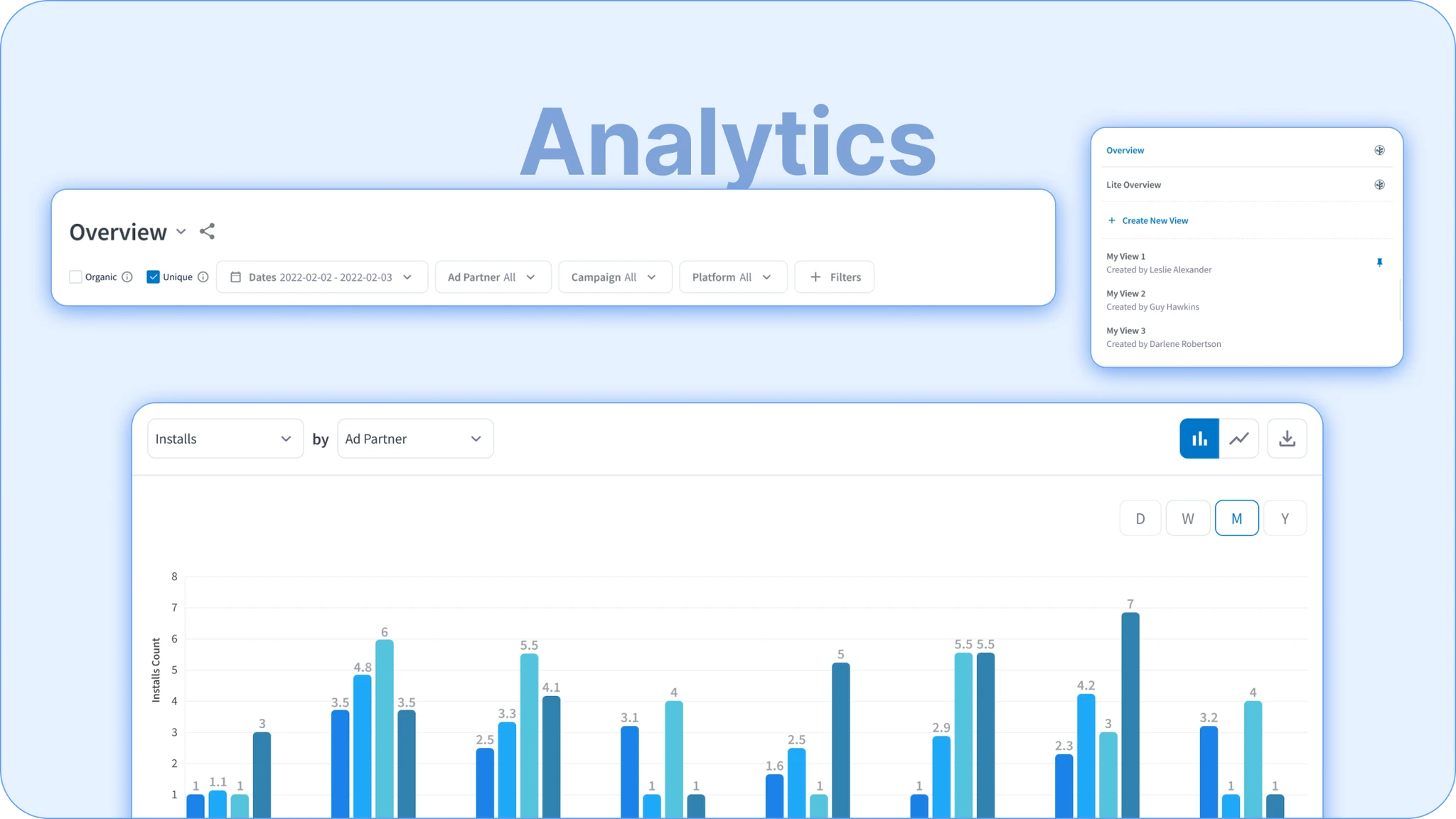
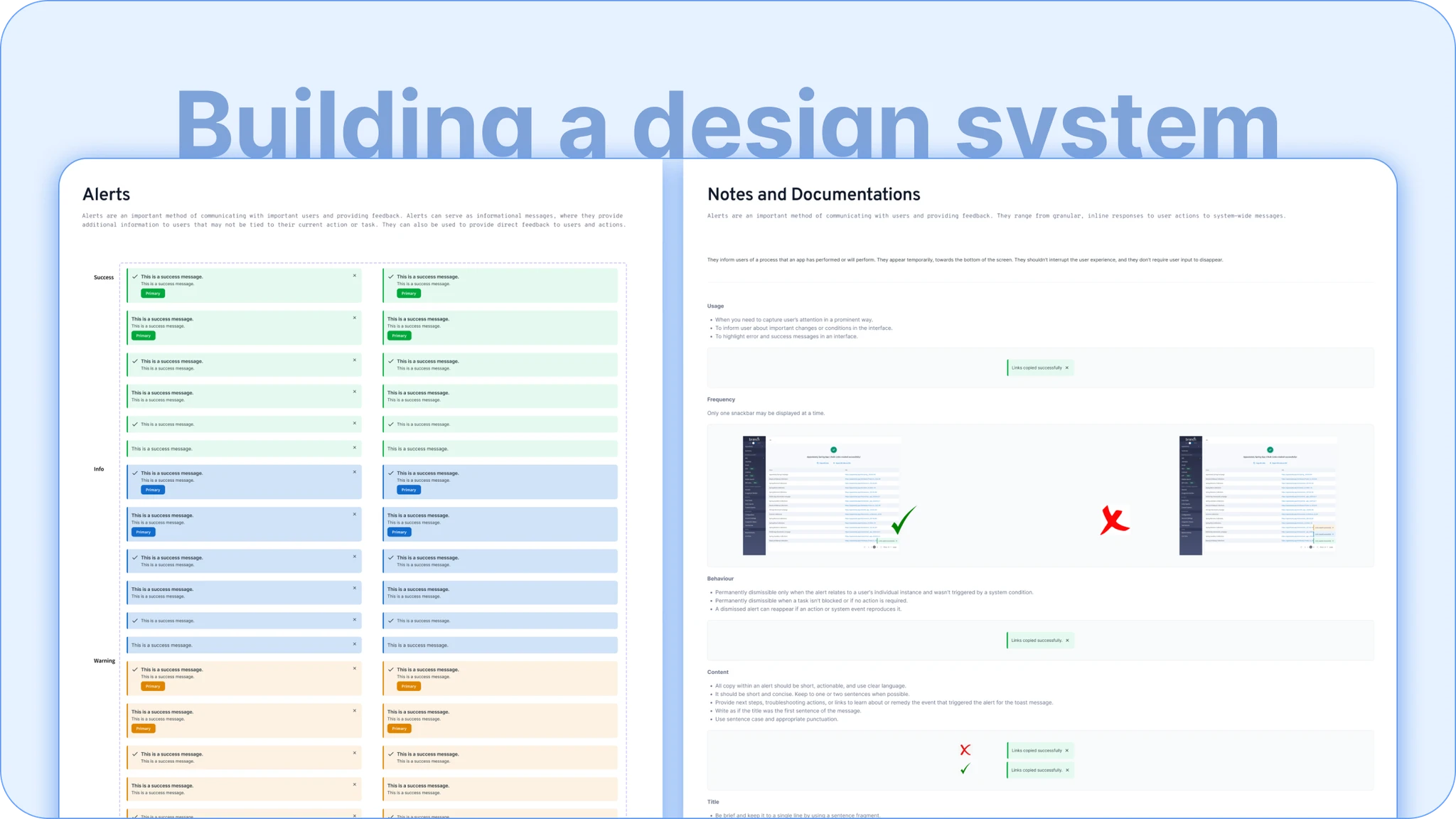
Branch's self-serve platform became faster to adopt, clearer to use, and more trustworthy to scale. Our growth motion moved from sales-assisted to product-led.